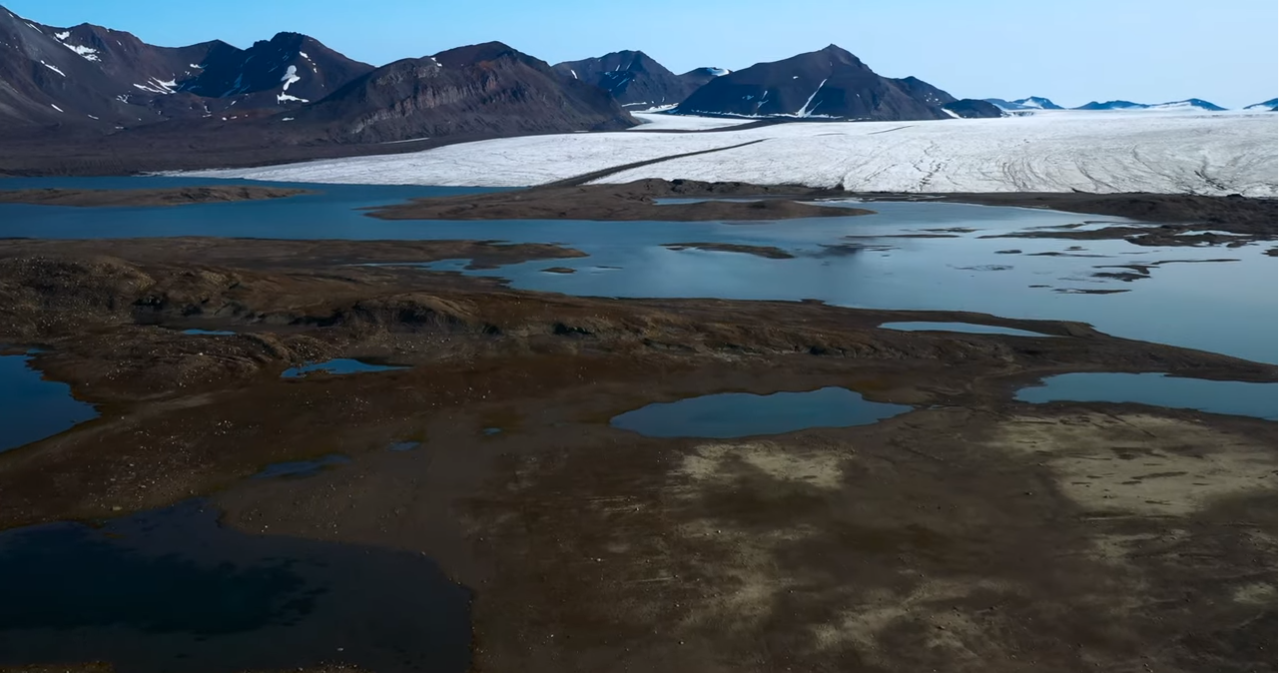Water in the Arctic that either fell as rain or melted from snow and ice, flows via different paths before reaching the ocean.
The flow of water in rivers in the Arctic has a seasonal character. During late autumn, winter and early spring, most Arctic rivers freeze. There is a typical large variation of flow of water during ablation season, with very high discharge during the snowmelt and decreases during summer. Runoff regime and hydrological processes shape the landscape and influence the dynamics of glaciers.
Groundwater movement in permafrost terrain is limited, cause frozen soil is practically impermeable. Above the permafrost is the active layer which freezes in winter but thaws in summer, allowing infiltration and groundwater recharge.
This package will allow you to understand some of the most important hydrological processes in the Arctic.
DOWNLOAD THE OFFLINE VERSION OF MATERIALS


